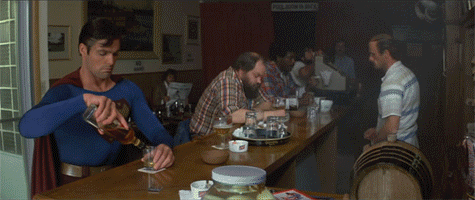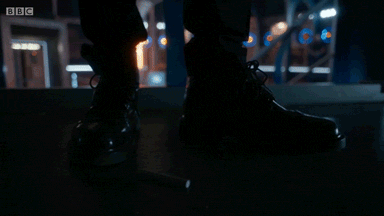Pollan describes an experiment done by animal biologist Monica Gagliano. She presented research that suggests the mimosa pudica plant can learn from experience. And, Pollan says, merely suggesting a plant could learn was so controversial that her paper was rejected by 10 scientific journals before it was finally published.
Mimosa is a plant, which looks something like a fern, that collapses its leaves temporarily when it is disturbed. So Gagliano set up a contraption that would drop the mimosa plant, without hurting it. When the plant dropped, as expected, its leaves collapsed. She kept dropping the plants every five to six seconds.
"After five or six drops, the plants would stop responding, as if they'd learned to tune out the stimulus as irrelevent," Pollan says. "This is a very important part of learning — to learn what you can safely ignore in your environment."
Maybe the plant was just getting worn out from all the dropping? To test that, Gagliano took the plants that had stopped responding to the drops and shook them instead.
"They would continue to collapse," Pollan says. "They had made the distinction that [dropping] was a signal they could safely ignore. And what was more incredible is that [Gagliano] would retest them every week for four weeks and, for a month, they continued to remember their lesson."
That's as far out as Gagliano tested. It's possible they remember even longer. Conversely, Pollan points out, bees that are given a similar dishabituation test forget what they've learned in as little as 48 hours.
Holy fuck, I think my mind just broke.


 : Mention something from KPCC or Rachel Maddow
: Mention something from KPCC or Rachel Maddow : Go on about Homeworld for X posts
: Go on about Homeworld for X posts






